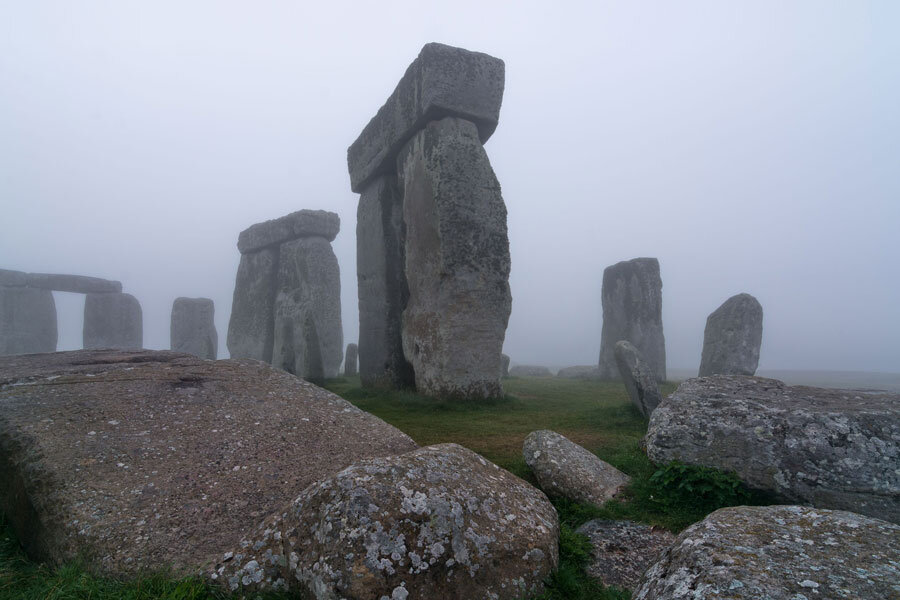‘Super-henge’: Archaeologists use radar technology to find Neolithic monument
Loading...
University of Birmingham archaeologists announced on Monday their discovery of a "super-henge," a vast prehistoric stone monument believed to be as old as or even older than Stonehenge.
Using non-invasive, remote sensing technologies, the team of archaeologists with the Stonehenge Hidden Landscape Project saw a row of 90 standing stones, some over 14 feet tall, preserved beneath the earth. The team announced their findings on the first day of the British Science Festival at the University of Bradford.
The stones lie beneath a neolithic settlement called Durrington Walls, less than two miles northeast of Stonehenge.
Known as one of the largest henge monuments, Durrington Walls measures over a third of a mile wide and almost one mile around. Archaeologists previously thought that Durrington Walls, which is larger than Stonehenge, was inhabited between 2525 and 2470 B.C., a century after Stonehenge was built.
But this discovery suggests that parts of Durrington Walls may predate Stonehenge, changing the way we understand Stonehenge and its relationship to its surroundings.
“The extraordinary scale, detail and novelty of the evidence produced by the Stonehenge Hidden Landscapes Project … is changing fundamentally our understanding of Stonehenge and the world around it," said Paul Garwood, one of the lead archeologists working on the project. "Everything written previously about the Stonehenge landscape and the ancient monuments within it will need to be re-written."
The newly discovered super-henge indicates that there may have been more of a relationship between Stonehenge and Durrington Walls than once thought, with the new locations possibly sharing monuments. One monument spotted by the group’s radar and laser scanners is a burial mound, over 36 yards long. Mr. Garwood and his colleagues say this mound may have been the site of death rituals that were later performed by the Stonehenge civilization.
"This radically changes our view of Stonehenge," Vince Gaffney, another archeologist with the Stonehenge Hidden Landscape Project, told the Guardian. “In the past we had this idea that Stonehenge was standing in splendid isolation, but it wasn’t…it’s absolutely huge.”
Archaeologists are now reassessing their understanding of the prehistoric civilizations that inhabited Stonehenge and the surrounding area.
“The importance is not that we found yet another set of strange archeological monuments, but that they have a spatial relationship with Stonehenge,” said Gaffney.





